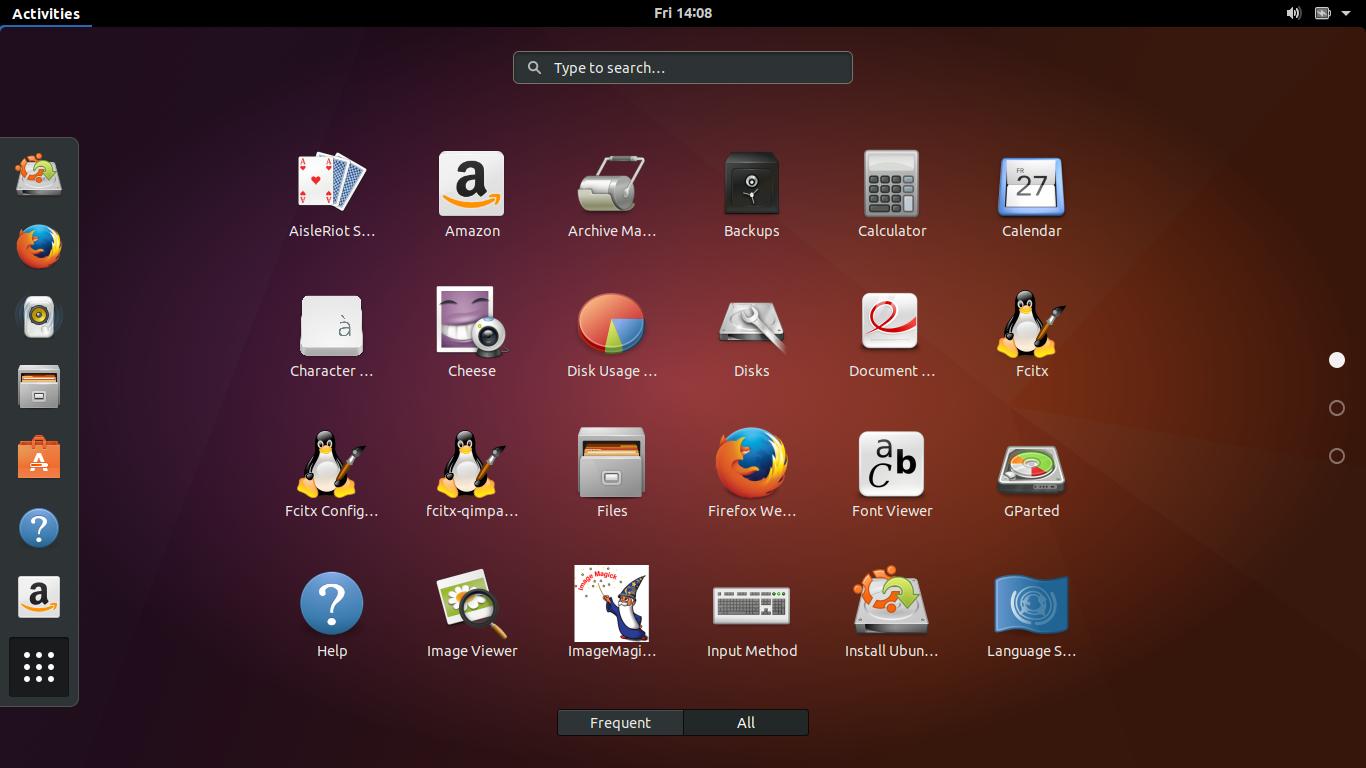

Small business owners or office managers will appreciate how Ubuntu workspaces can help cut down on hardware costs and unnecessary office space.In that case, they can use workspaces to separate and view activities such as gaming, budgeting, emails, or social media posts. Personal Ubuntu users may use the computer for everyday purposes.To boost productivity and be at ease, they can create one workspace for communication via chats and emails, a second one for research, and a third one for monitoring tools. IT support technicians must answer dozens of queries from clients and employees daily.Super key is also known as the Windows key ( Win key ). Pressing the Shift+Ctrl+Alt+Arrow keys will the current window to the desired workspace. Since they manage multiple projects simultaneously, they can dedicate a single workspace to each project and switch through them as necessary. Pressing the Ctrl+Alt+Arrow keys will change the Workspace windows in the direction of the arrow used. Project managers have many uses as well.What that does is puts the name or number next to the system tray. Fortunately, they can open each app in separate workspaces and switch between them to improve their workflow. Yes, you’ll need an extension bundle called gnome-shell-extensions and I believe it’s called workspace indicator or something to that degree.

Other than Raising the Elephant, a soft boot, or a hard boot, is there another way out of this when the workplace switcher is frozen on Ubuntu 16.
#UBUNTU CHANGE WORKSPACE CODE#
In that case, they can use the first workspace for writing code and the second, third, and fourth for testing the outcome in browsers that simulate different device screens. Web developers want to boost productivity. Press Super + Shift + Page Up to move the window to a workspace left of the current workspace on the workspace selector.


 0 kommentar(er)
0 kommentar(er)
